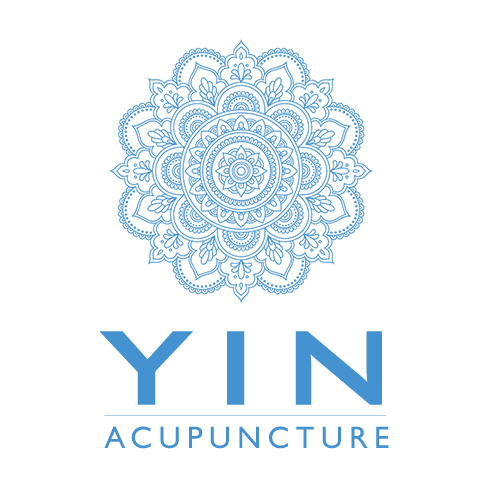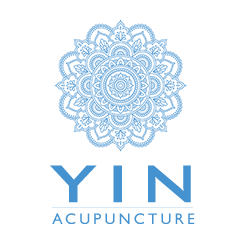Acupuncture Therapy
Yin Yang theory was developed out of Taoism, which is a philosophy and spiritual practice, from China, about living in balance with nature.
When looking at the Yin Yang symbol, you notice two sides, one black and one white. At first glance, one might see this as representing opposing forces, however, this is the visual representation of the interconnection of all things, including between opposites, demonstrating how the one reliable constant is change. The dark cannot exist without the light. Heat cannot exist without cold and so on. Not only can these ideas not exist without one another, there is no clear distinction between one ending and the other beginning. Chinese medicine applies this concept to the human body, and so, as practitioners, we use Yin Yang theory to examine the state of our patients. Just as yang has the potential to become yin and yin the potential to become yang, it is understood that the potential for health is present in illness and so we restore balance with Acupuncture and adjunct therapies such as cupping, guasha and acupressure, to assist the body back to balance, which brings relief and wellness.
You may learn more about these integrated modalities below.
Modalities Used in Acupuncture Treatments
Acupuncture
Acupuncture is the primary treatment modality used to address a variety of conditions. Acupuncture will be part of every visit.
More About Acupuncture>
Cupping
Cupping is a complementary modality often applied in conjunction with acupuncture therapy during an acupuncture treatment
More About Cupping>
Acupressure
Acupressure is a secondary modality sometimes used in conjunction with acupuncture and cupping.
More About Acupressure>
Gua Sha
Gua Sha is an ancient technique in Chinese medicine sometimes used in conjunction with acupuncture and other modalities.
More About Gua Sha>


